The monstera plant (Monstera) is a member of the Aroid family. This genus unites about 50 species. In nature, they can be found in Central and South America.
Content
Monstera features
The name of the genus monstera comes from the word "monstrum", which means "monster", this is due to the large size of the plant and its frightening appearance. Representatives of this genus are evergreen vines and shrubs. Their thick shoots are climbing, aerial roots are often present. Dark green long-petioled large leaf plates leathery to the touch adorn cuts and holes of various shapes and sizes. The inflorescence is a thick cylindrical ear, sterile flowers are located at its base, and bisexual in the upper part.
Monstera is one of the most popular home cultivated plants. It has been scientifically proven that indoor monstera can ionize indoor air, which is a big plus when growing such a flower.
Brief description of cultivation
- Bloom... Monstera is grown as an ornamental deciduous plant. When grown at home, it blooms extremely rarely.
- Illumination... Needs a lot of bright but diffused light.
- Temperature regime... In the spring-autumn period - from 20 to 25 degrees, in winter - from 16 to 18 degrees. Make sure that the temperature in the room is not below 10 degrees.
- Watering... During the growing season, watering is carried out immediately after the top layer of the soil mixture in the pot dries out. With the onset of autumn, a gradual reduction in watering is carried out, and in winter the soil mixture is moistened only after it dries out to 1/4 of the depth.
- Air humidity... It should be elevated. On hot days, you need to moisten the bush from the sprayer daily, but it is better to wipe the leaf plates with a damp sponge instead.
- Fertilizer... While the plant is young, you do not need to feed it. And adult specimens are fed regularly from the second half of the spring period to the last summer weeks. For this, organic matter and mineral fertilizers are used alternately.
- Support... It should be fixed in a container during planting or transplanting a flower.
- Dormant period... Not pronounced.
- Transfer... Until the age of three, the bush is transplanted every year, from 3 to 5 years - the procedure is carried out 1 time, and starting from the age of five, the plant is transplanted into a new pot 1 time in 4-5 years. However, the top layer of the soil mixture in the container must be replaced with a fresh one every year.
- Soil mixture... Young bushes are grown in a substrate consisting of turf and humus soil, as well as peat and sand (1: 2: 1: 1). For adult plants, a soil mixture is suitable, consisting of deciduous, humus, sod and peat soil, and also sand (1: 1: 3: 1: 1).
- Reproduction... By cuttings, apex and seed method.
- Harmful insects... Scabbards, aphids and spider mites.
- Diseases... All problems that can arise when growing monstera are associated with improper care.
- Properties. The plant sap contains poison.
Caring for a monster at home
Illumination
Monstera needs a lot of bright light, but it must be diffused. In this regard, it is recommended to grow it on the western or eastern windowsill. If the flower is on the south window, then it will need to be shaded from the sun, and on the north one - it will lack light. If you provide the plant with a sufficient amount of diffused light, then its foliage will be large and with spectacular holes or slots. In poor light, new leaf plates grow small, and aerial roots are thin and weak. It is recommended to transfer the flower to a new place only as a last resort.
Temperature regime
A flower grown in indoor conditions does not need any specific air temperature. One feature was noticed in him - the warmer it is in the room, the more intensive the growth of the bush. From spring to autumn, the optimal air temperature for monstera is from 20 to 25 degrees. In winter, it is recommended to place the bush in a cooler place (from 16 to 18 degrees), but make sure that the room is not colder than 10 degrees. The greatest danger for him is presented by drafts in the autumn-winter period.
Watering
In spring and summer, watering should be abundant, it is carried out immediately after the top layer of the substrate dries out. To do this, use soft, well-settled water. With the onset of autumn, watering is gradually reduced, and in winter it is carried out only after 2 days have passed since the top layer of the soil mixture dries out. Remember that the plant reacts equally negatively both to the drying out of the earthy coma and to the stagnation of water in the substrate. With regular waterlogging, rot may appear on the roots, and specks on the foliage.
Spraying
Monstera reacts positively to systematic moistening from a sprayer, therefore it is recommended to carry out it without fail. To do this, use settled water at room temperature. The foliage must be systematically removed from dust using a damp soft cloth.
Fertilizer
While the bush is young, you do not need to feed it. In order for the growth of an adult flower not to slow down, top dressing is carried out from the second half of the spring period to the end of summer 1 time in 15 days, for this, organic matter and mineral fertilizers are used alternately.
Pruning
When grown at home, the bush should be supported with a trellis or a stick, or the foliage should be pulled with a rope. After the growth of the old monstera has slowed down, it is recommended to cut off the top of it to stimulate the growth of side shoots.
Aerial roots
Each leaf plate grows air roots; in no case should they be cut off or cut off. It is recommended to lower these roots into a container in which the flower itself grows or into an additional pot filled with a fertile soil mixture. This improves the nutrition of the whole flower.If these roots grow very slowly and do not reach the surface of the potted substrate, then it is recommended to tie them with moistened sphagnum or immerse them in a bottle filled with water. If you wish, you can buy a plastic pipe, which should be wrapped with dry palm fiber, several holes are made in it, and a nutritious substrate is poured inside. The aerial roots of the flower must be directed into these holes. Droplets may form on the tops of the leaf plates on a cloudy day before rain or in winter before a thaw.
Bloom
Monstera growing in natural conditions is distinguished by annual flowering. If the bush grows at home, then it will bloom very rarely. If the plant regularly receives enough nutrients, then after a couple of years it can release a large inflorescence with bisexual flowers, which are part of the cob with a creamy cover. In a ripe fruit, the cover stiffens and falls off. The length of the purple stem is about 20 centimeters, outwardly it is similar to an ear of corn. They are formed by small and juicy fruits pressed against each other. They are very sweet and have a flavor that is similar to pineapple and strawberry at the same time.
Monstera transplant
During the first two years, a young plant is transplanted every year, from 3 to 4 years old - once every 2 years. When the bush turns 5 years old, it is subjected to this procedure 1 time in 3-4 years. However, the top layer of the potting medium must be replaced every year with a fresh one. For transplanting or planting a young plant, use a neutral or slightly acidic soil mixture (pH 5.5–6.0), which should consist of peat, turf and humus soil, and also sand (1: 1: 2: 1). An adult bush should grow in a soil mixture with a pH of 6.5–7.0, which consists of peat, humus, sod and leafy soil, as well as sand (1: 1: 3: 1: 1). The pot needs to be taken large, while a good drainage layer is made at its bottom.
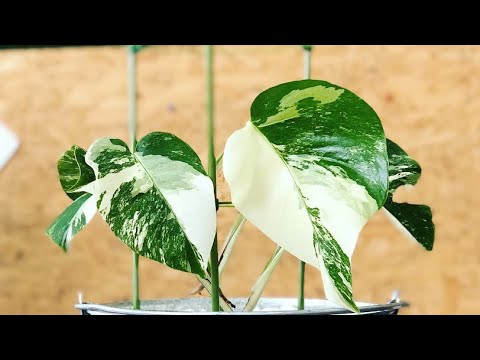

Watch this video on YouTube
Virulence
The juice of such a plant contains substances that cause inflammation of the mucous membrane and skin irritation. Juice from not fully ripe fruits can cause bleeding in the stomach and intestines, as well as inflammation of the oral mucosa.
Reproduction methods
Growing from seeds
Sown monstera seeds are harvested in a warm and well-lit place. The first seedlings should appear within 30 days. The first leaf blades are juvenile and have no cuts on them. The first adult foliage is formed at 5–8 months. After 2 years, there will be no more than four adult leaf plates on the bush and up to 5 juvenile ones. Seedlings first dive, planting in individual pots, and then they are transplanted every year.
Cuttings
Cuttings are carried out throughout the spring until the beginning of summer. Monstera can be propagated by stem or apical cuttings, and also by lateral processes. The stalk is a piece of stem with 1-2 leaf blades. Places of cuts are treated with carbon powder. For rooting, the cutting is planted in a separate pot, and on top it is covered with glass. At the bottom it is necessary to make a drainage layer of pieces of brick, on top it is covered with a two-centimeter layer of peat or humus soil, and then 20–30 mm of sand is poured. Watering is carried out regularly in the morning and evening, while the air temperature should be 20-25 degrees. After the roots grow from the cutting, it is planted in an intermediate pot. After 3 or 4 years, the overgrown bush is transplanted into a tub or a larger pot. In order for the cutting to take root faster, it is necessary to choose one that has aerial roots.


Watch this video on YouTube
Top propagation
Old bushes lose their decorative effect, because their lower leaf plates fly around. In this regard, you can wrap the 2 upper aerial roots with moistened moss or twine and fix it on the flower trunk.After the roots grow at the roots, cut off a part of the trunk with 1-2 leaf plates, treat the cut with coal powder. Plant the cut in a pot, while filling the roots and the cut with the substrate. The old bush should also shoot side shoots, and it will become more lush.
Possible problems
If the monster is not properly looked after or if it is not provided with optimal conditions for growth, then problems may arise with it.
- Leaves fall... If the lighting is too poor, then the plant begins to throw off the foliage, and there is also a suspension of its growth.
- Spots on foliage... Brown spots may appear on the seamy surface of the leaf plates if spider mites have settled on the bush.
- Yellowing leaves... The foliage turns yellow if the monstera lacks nutrients. Also, foliage may turn yellow, and rot appears on it due to the regular stagnation of liquid in the substrate.
- The foliage turns brown... The leaf plates turn brown and become papery if the humidity level is too low or when the flower is very crowded in the pot.
- The color of young leaf plates is pale... If the lighting is too intense, then faded leaves appear on the bush, and yellow spots may also form on their surface.
- The bush is pulled out... If the monstera does not have enough light, then its shoots become elongated, the stem twists, while new leaf plates grow faded and small.
- Whole foliage... On young leaf plates, there may be no cuts due to the fact that the flower feels a lack of light or nutrients.
- The foliage dries up and flies... If the leaf plate turns brown and dries up before falling, it means that the room is very hot. Also, foliage flies around as it ages, but in this case it does not turn brown.
- Harmful insects... Most often, aphids, scale insects and spider mites settle on the monster.
Types of monstera with photos and names
Monstera adansonii
This species is found in nature in the tropical belt from Costa Rica to Brazil. This vine can reach a height of about 8 meters. Thin ovoid leaf plates are 20–40 centimeters wide and 25–55 centimeters long. There are many holes on the entire surface of the plate. When grown at home, flowering of this species is extremely rare. During flowering, a short peduncle appears, on which a yellowish cob is formed, its length is 8-12 centimeters, and its width is 1.5-2 centimeters.
Monstera Borziga (Monstera deliciosa borsigiana)
In natural conditions, the species is often found in Mexico. Its stems are thinner than those of the gourmet monstera, and the leaf plates are smaller (up to 0.3 m in diameter). The species grows well both at home and in other rooms.
Monstera deliciosa (Monstera deliciosa)
This climbing vine comes from the humid and mountainous forests of the tropics of Central America. It can grow up to 1 kilometer above sea level. Young leaf plates have a heart-shaped shape and a solid edge. As the foliage grows, it increases in size (up to 0.6 m in diameter), becomes leathery to the touch, heavily dissected and with holes. Covered with a white cover, the ear reaches about 25 centimeters in length and up to 20 centimeters in width. The pulp that appears in the fruits can be eaten, it has a pineapple taste and aroma. The height of such a plant in a greenhouse can reach 12 meters, and at home - about 3 meters. If an adult flower is provided with proper care, then flowers will appear annually. There is a variety of variegata: the foliage is variegated and white, the plant itself is characterized by slower growth and higher demands on care.
Oblique monstera (Monstera obliqua)
Either the monstera expilata (Monstera expilata), or the sickle monstera (Monstera falcifolia). This climbing vine comes from the tropics of Brazil and Guiana, while it is found in humid forests. Solid elliptical or lanceolate leaf plates are unequal at the base, their width is about 6 centimeters, and their length is up to 20 centimeters. The length of the petiole is no more than 13 centimeters. During flowering, an eight-centimeter peduncle grows, on which a small-flowered ear about 40 mm long is formed.
Monstera punched (Monstera pertusa)
In nature, this climbing vine is found in the tropical rainforests of America. The foliage is ovoid, it looks like an elongated egg, its length is about 0.9 meters, and its width is up to 0.25 m.On the plate, the holes are unevenly located, and it itself is unequal (it expands more towards the bottom of the leaf). The length of the cob is 10 cm, it is covered with a white cover, reaching 20 cm in length.
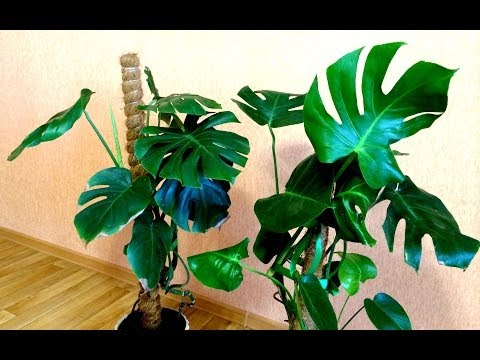

Watch this video on YouTube

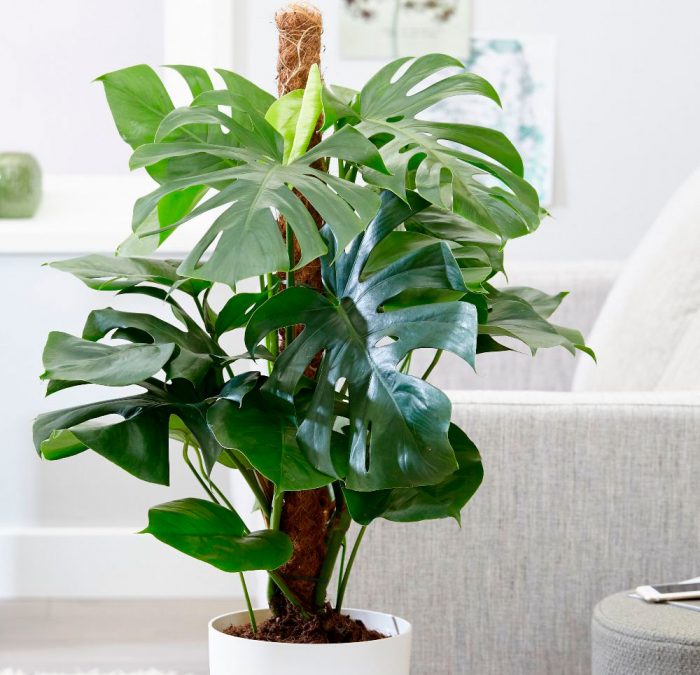
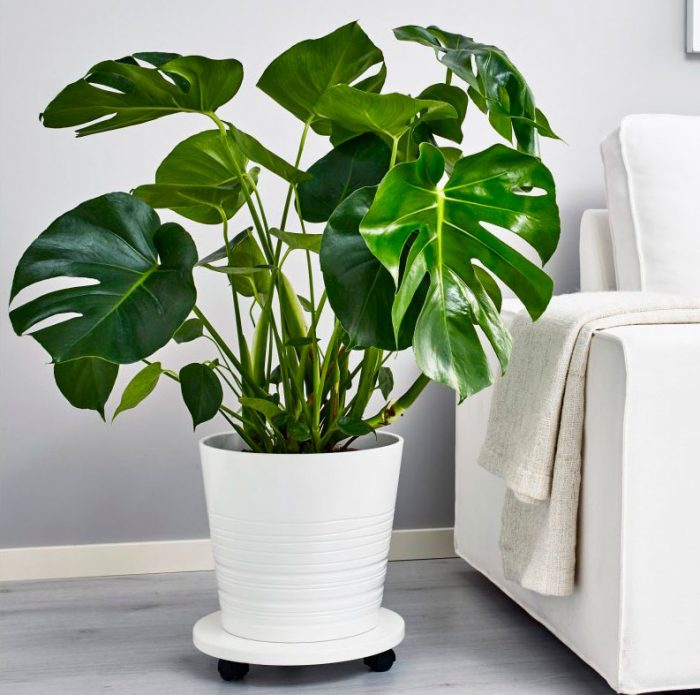
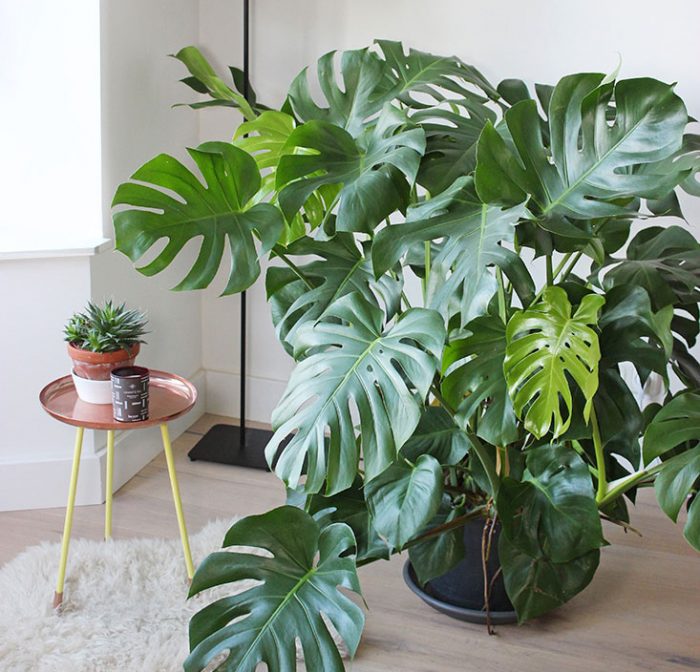
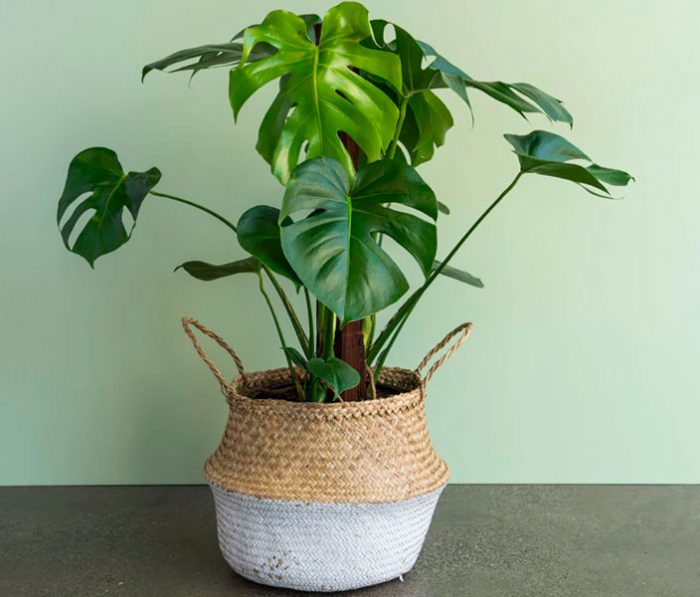
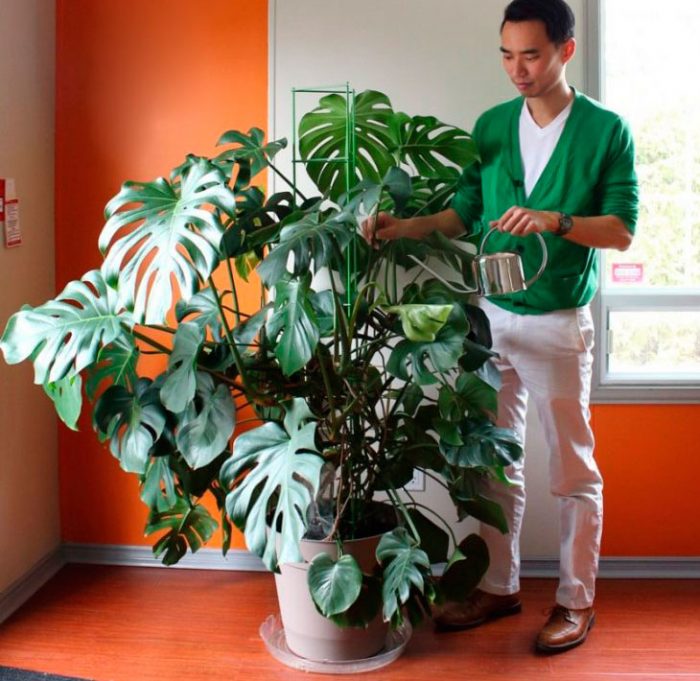
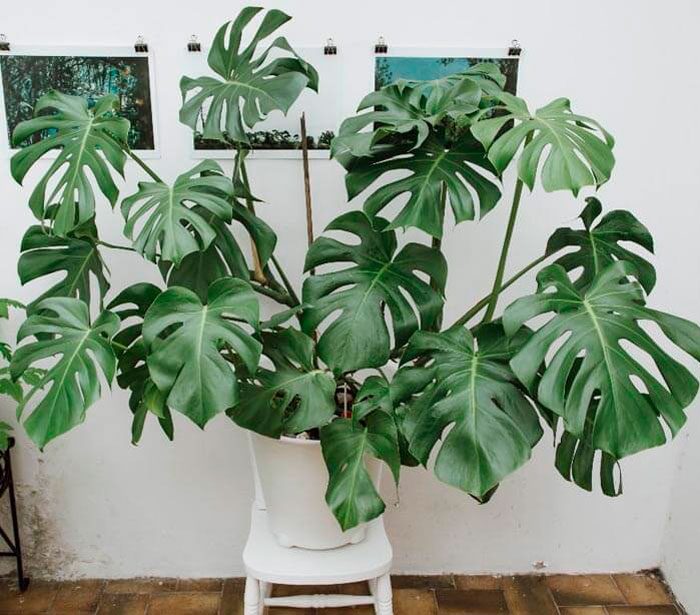
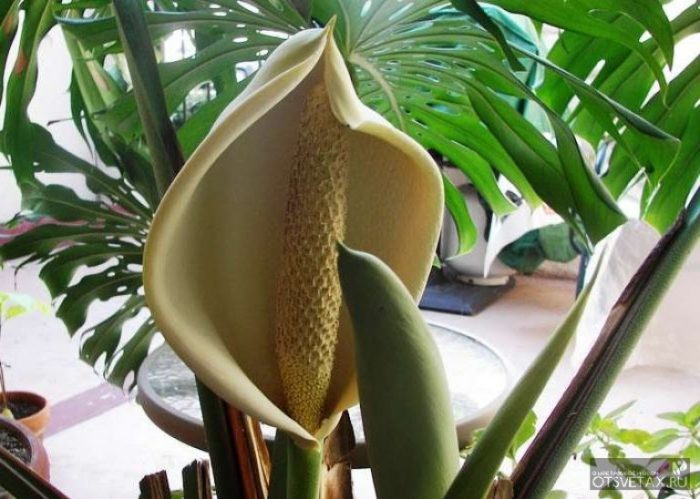
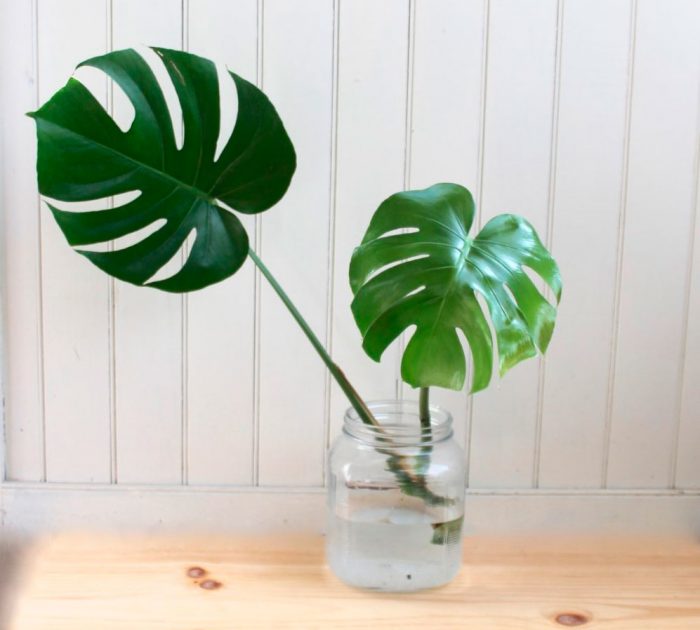
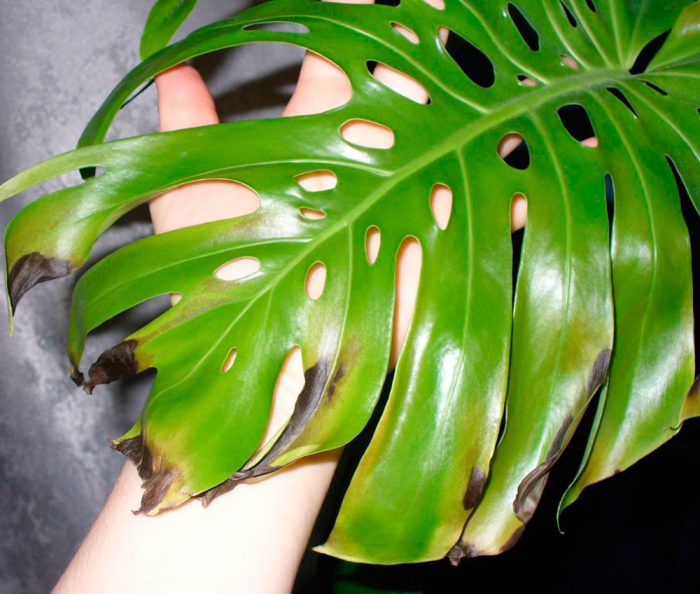
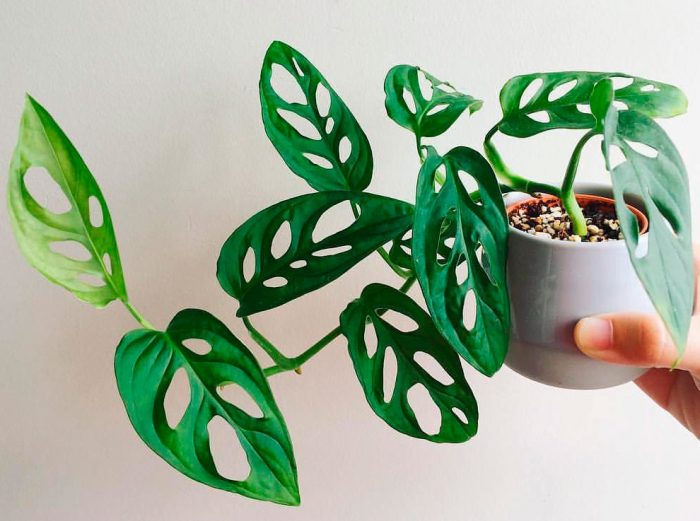
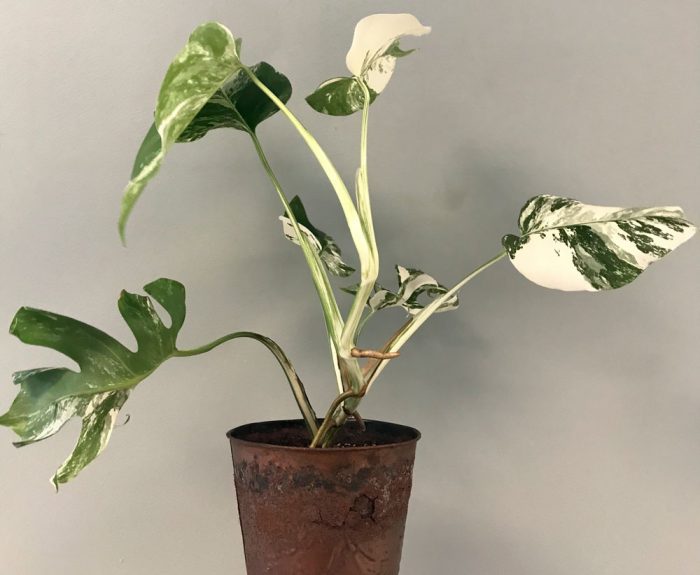
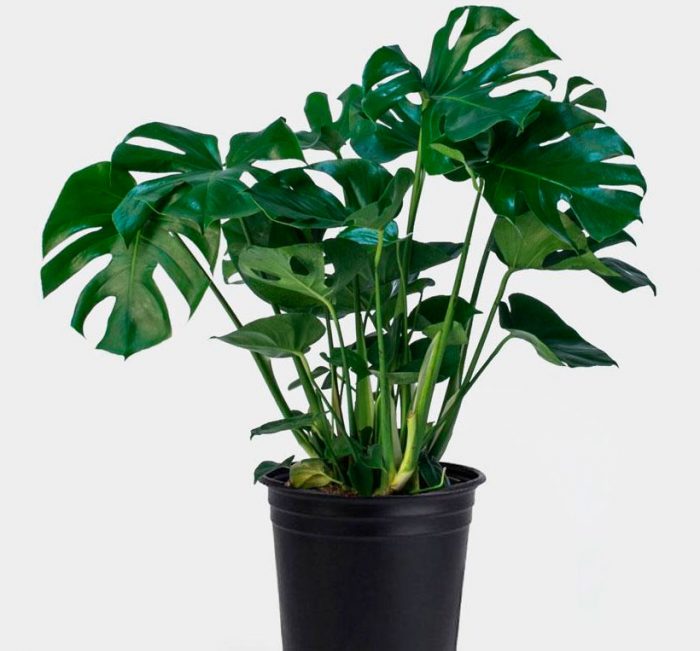
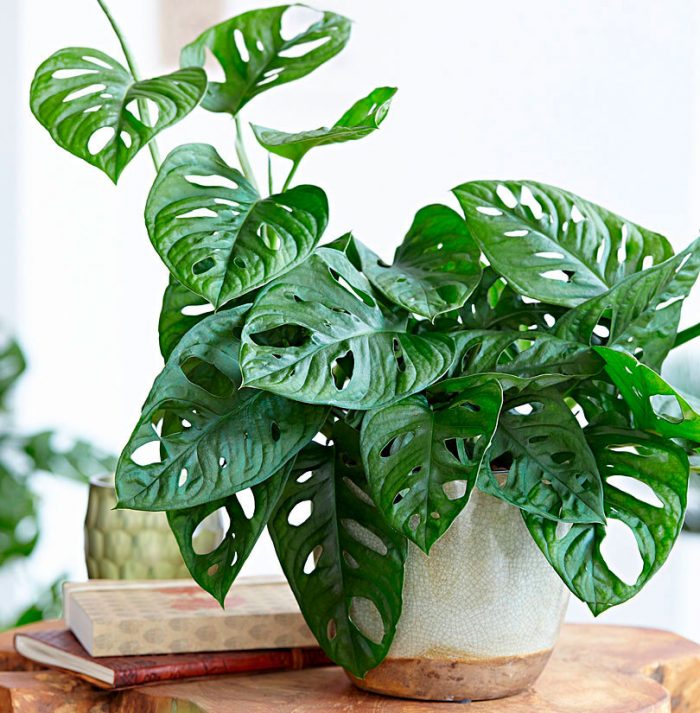
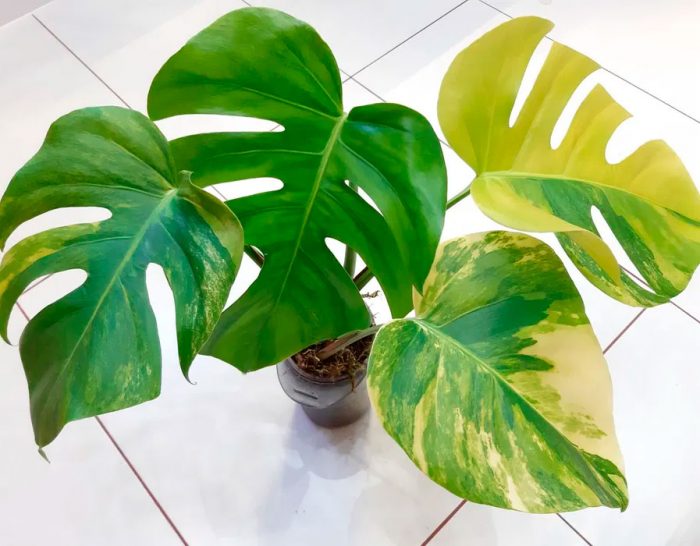
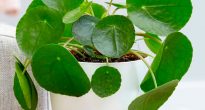
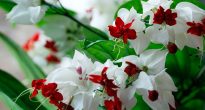
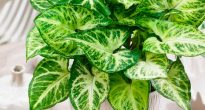
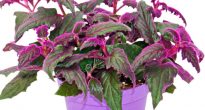

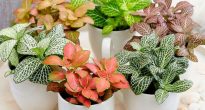


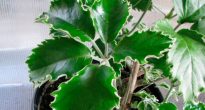

My Monstera was about 6 years old, was large with carved large leaves. Now all the leaves have curled up and crumbled (without yellowing, blackening, etc.) and only the two upper large ones remain. Along the rest of the trunk, small leaves appear, more like shoots, and the upper new leaves are still small, also curl up into a tube, then they turn black and that's it ... I cut them off. What with her?
The same, only without the first part of your story. Twisted sprouts appear, then turn yellow and dry. Very interesting what it is
I had it when there was not enough light in the winter. As soon as I moved it to a more illuminated place, everything became normal.